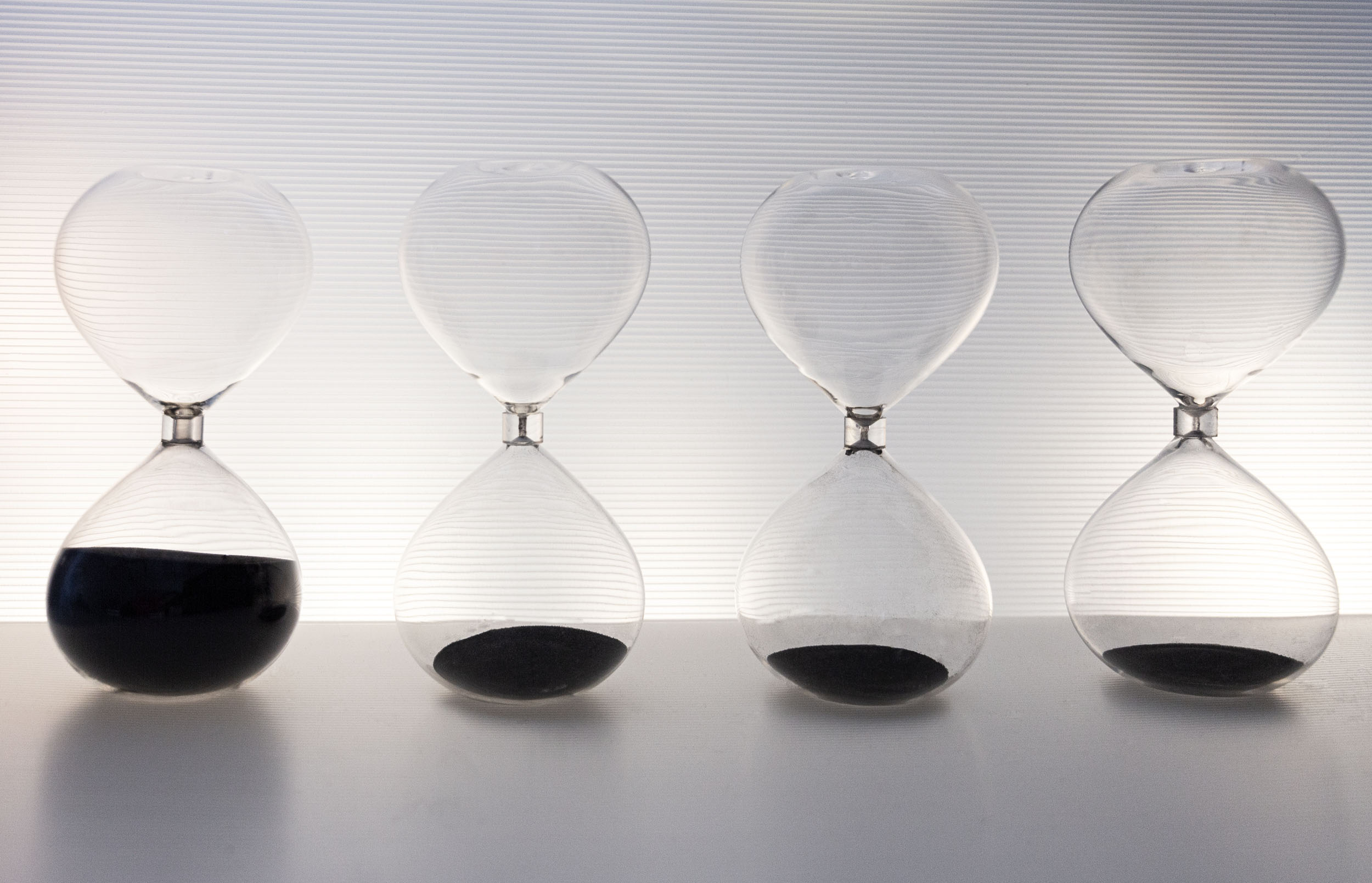Salt lakes are inland waters containing salt water, most of which are located in arid areas or deserts. Due to the continuous evaporation, the salts and minerals content of the water is steadily increasing. If the evaporation is greater than the water inflow, a salt desert is formed. Climate change and human intervention in the form of water discharges threaten to dry up salt lakes worldwide. The drying up of salt lakes leads to dust storms, which have a negative effect on both human health and surrounding agriculture.
In a physical data visualization, the decline of some of the world’s largest salt lakes is examined. Increasing human water consumption, especially for agricultural irrigation, is a major factor in desertification. For example, intensive agriculture in the Aral Sea has reduced in surface area by 74% and in volume by 90%.
The Aral Sea (Kazakhstan/Uzbekistan), Lake Urmiasee (Iran), Great Salt Lake (USA) and Lake Poopó (Argentina) are examples of lakes on which intensive water consumption for agriculture, mining and cities has a particularly negative impact. The data of the decline of these salt lakes are physically visualized and made tangible by hourglasses. The physical data visualization allows the comparison of the siltation process of the different lakes. The loss of water in the lakes from 1984 to 2018 is contrasted and shows that water consumption, and not only long-term climate change has substantially reduced their size. The amount of sand indicates the area of land or desert that was created within the period of time investigated.
Aral Sea
The Aral Sea, located in Central Asia, was the fourth largest inland lake in the world before it almost completely dried up. In 1960, silting began because large quantities of water were diverted for the artificial irrigation of agricultural land. This man-made ecological catastrophe led to the formation of the Aralkum desert. Since 1984 its water surface has decreased by 80%.
Lake Urmia
Lake Urmia is the largest inland lake in Iran was ten times larger than Lake Constance just a few years ago. Due to climate change and the accumulation of inflows, Lake Urmia has shrunk continuously in recent years.
Lake Poopó
Lake Poopó is the second largest lake in Bolivia and supplies thousands of people with water. For several years now the water level has been declining dramatically and the lake has completely dried up twice.
Great Salt Lake (USA, Utah)
Since the beginning of the settlement of the area in the middle of the 19th century, water was drained from the inflows of the lake to irrigate the newly developed agricultural areas. The water level of the Great Salt Lake has since fallen by about 3.30 m and the volume of the lake by about 50%.

